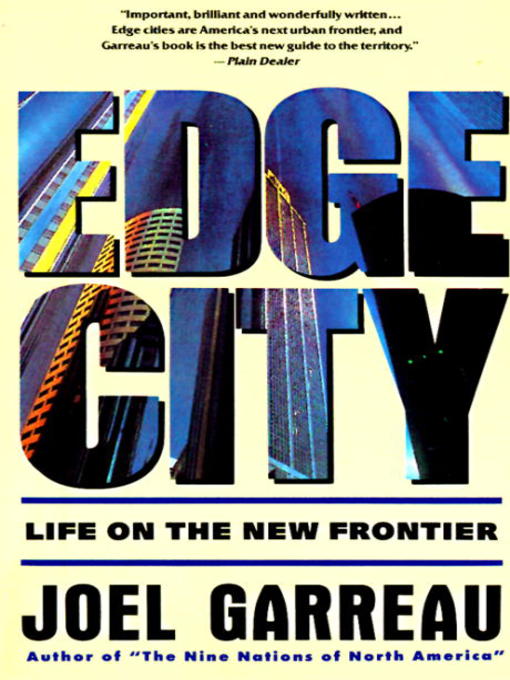-
Description
-
Details
-
Reviews

Kindle Book
- Release date: July 27, 2011
OverDrive Read
- ISBN: 9780307801944
- Release date: July 27, 2011
EPUB ebook
- ISBN: 9780307801944
- File size: 3756 KB
- Release date: July 27, 2011

Loading
Formats
Kindle Book
OverDrive Read
EPUB ebook
subjects
Languages
English
